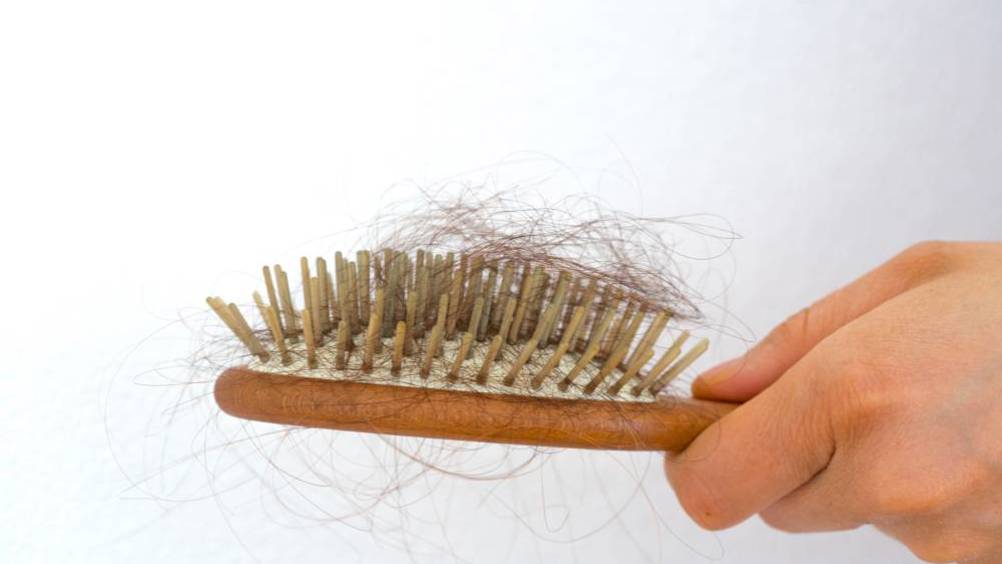References
Combination therapy with injectable platelet-rich fibrin and microneedling for male androgenetic alopecia: an evaluation of current practice

Abstract
Introduction:
Within the past 20 years, significant advances have taken place within the realm of aesthetic medicine to manage hair loss. Several human blood preparations have been found to contain regenerative properties suitable for hair rejuvenation and, subsequently, have emerged onto the market. An advanced and liquid version of platelet-rich fibrin, injectable platelet-rich fibrin (iPRF) is one such product. This article evaluates the combination of iPRF with microneedling (MN) for the treatment of male androgenetic alopecia (AGA) compared to other therapies. To knowledge, it is the first evaluation of its kind.
Methods and materials:
Secondary research was conducted via EMBASE, MEDLINE, PubMed and Cochrane Library databases to explore a preferred blood preparation and combination treatment using MN.
Results and discussion:
Secondary research shows that there is more in-depth evidence that suggests platelet-rich plasma (PRP) is the preferred blood preparation for treating male AGA at present. However, studies show that iPRF has greater regenerative potential. More research currently exists to suggest that MN in combination with minoxidil (MX) therapy is preferred over iPRF combined with MN alone. No validated patient-reported outcome measures (PROMs) currently exist for male AGA, although PROMs do exist for facial aesthetic treatments and alopecia areata.
Conclusions:
Studies show that iPRF combined with MN is a safe and effective option for the treatment of male AGA, but comparison studies against other combinations are lacking. Other monotherapy and combination methods are generally more evidenced. The secondary research also found that no specific PROM tool for measuring male AGA exists. Unless a specific PROM is developed and validated for male AGA, challenges around treatment comparison will continue to limit evidence.

In homeostasis, puberty hormones known as androgens (in particular, testosterone) spark a proportion of vellus hairs to transition to terminal hairs (Marieb, 2001). In women, this is characterised by thicker growth in the axilla and genital regions, while, for men, terminal hairs present on the face, chest, back, arms, legs, axilla and genital areas (Marieb, 2001). Homeostatic imbalances upset the status quo between hair loss and replacement and can occur in all phases of human life (Marieb, 2001). Most hair loss diseases and conditions are generally benign and not contagious. Ageing can signal changes in hair growth and, in particular, scalp hair loss (Figures 1 and 2). It has been proven that hair growth and density are regulated by hormones and nutrition (Richards and Merharg, 1995).
Register now to continue reading
Thank you for visiting Journal of Aesthetic Nurses and reading some of our peer-reviewed resources for aesthetic nurses. To read more, please register today. You’ll enjoy the following great benefits:
What's included
-
Limited access to clinical or professional articles
-
New content and clinical newsletter updates each month


